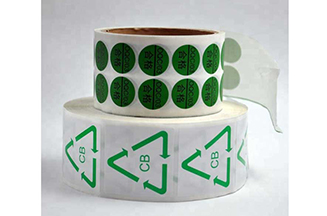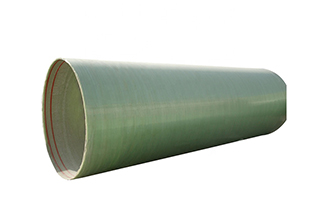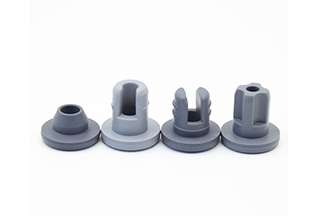According to the polymerization pressure, polyethylene can be divided into high pressure method, medium pressure method and low pressure method. The high-pressure method is used to produce low-density polyethylene. This method was developed early. The polyethylene produced by this method accounts for about 2/3 of the total polyethylene production. However, with the development of production technology and catalysts, its growth rate has lagged behind that of the low-pressure method. In terms of its implementation methods, the low pressure method includes slurry method, solution method and gas phase method. The slurry method is mainly used to produce high-density polyethylene, while the solution method and gas-phase method can not only produce high-density polyethylene, but also produce medium and low-density polyethylene by adding comonomers, also known as linear low-density polyethylene. Various low-pressure processes have developed rapidly.
Ⅰ. Polyethylene high pressure method
A method of polymerizing ethylene into low-density polyethylene by using oxygen or peroxide as an initiator. Ethylene enters the reactor after two-stage compression, and is polymerized into polyethylene under the action of an initiator at a pressure of 100-300 MPa, a temperature of 200-300°C, and the reactants are separated under reduced pressure to recover unreacted ethylene for recycling. The molten polyethylene is extruded and granulated after adding plastic additives. There are two kinds of polymerization reactors used: tubular reactor and tank reactor. The single-pass conversion rate of the tubular process is 20% to 34%, and the annual production capacity of the single line is 100 kt. The single-pass conversion rate of the kettle method is 20% to 25%, and the annual production capacity of the single line is 180 kt.
Ⅱ. Polyethylene low pressure method
There are three kinds of slurry method, solution method and gas phase method. Except for the solution method, the polymerization pressure is below 2 MPa. The general steps include catalyst preparation, ethylene polymerization, polymer separation and granulation, etc.
1. Slurry method
The resulting polyethylene is insoluble in the solvent and is in the form of a slurry. Slurry polymerization has mild conditions and is easy to operate. Alkyl aluminum is often used as an activator, hydrogen is used as a molecular weight regulator, and tank reactors are often used. The polymer slurry from the polymerization tank goes through the flash tank, the gas-liquid separator to the powder dryer, and then goes to granulation. The production process also includes solvent recovery, solvent refining and other steps. Products with different molecular weight distributions can be obtained by combining different polymerizers in series or in parallel.
2. Solution method
The polymerization is carried out in a solvent, but both ethylene and polyethylene are soluble in the solvent, and the reaction system is a homogeneous solution. The reaction temperature (≥140°C) and pressure (4-5MPa) are relatively high. It is characterized by short polymerization time and high production intensity. It can also produce high, medium and low density polyethylene, and can better control the properties of the product; however, the polymer obtained by the solution method has a low molecular weight and a narrow molecular weight distribution. The content is lower.
3. Gas phase method
Ethylene is polymerized in the gaseous state, generally using a fluidized bed reactor. There are two kinds of catalysts: chromium series and titanium series, which are quantitatively added into the bed from the storage tank, and high-speed ethylene circulation is used to maintain the fluidization of the bed and eliminate the heat of polymerization. The resulting polyethylene is discharged from the bottom of the reactor. The pressure of the reactor is about 2 MPa, and the temperature is 85-100°C. The gas-phase method is the most important method for producing low-density polyethylene. The gas-phase method saves solvent recovery and polymer drying, and saves 15% of investment and 10% of operating cost compared with the solution method. It is 30% of the investment of the traditional high pressure method and 1/6 of the operation cost. Therefore, it has developed rapidly. However, the gas phase method needs to be further improved in terms of product quality and variety.
Ⅲ. Polyethylene medium pressure method
High-density polyethylene is produced by polymerizing ethylene at medium pressure in a loop reactor using a chromium-based catalyst supported on silica gel. Processing and application: It can be processed by blow molding, extrusion, injection molding and other methods, and is widely used in the manufacture of films, hollow products, fibers and daily sundries. In actual production, in order to improve the stability of polyethylene against ultraviolet rays and oxidation, improve processing and performance, a small amount of plastic additives needs to be added. Commonly used ultraviolet absorbers are o-hydroxybenzophenone or its alkoxy derivatives, etc. Carbon black is an excellent ultraviolet shielding agent. In addition, antioxidants, lubricants, colorants, etc. are added to expand the application range of polyethylene.




